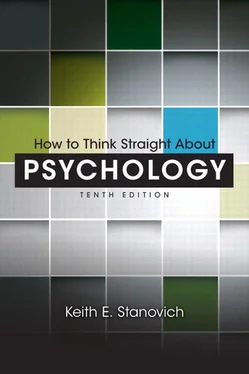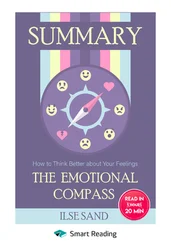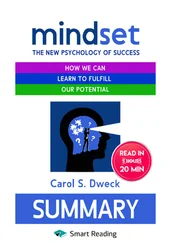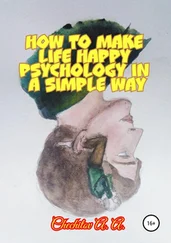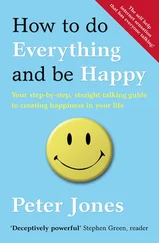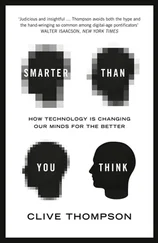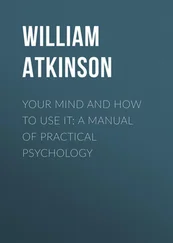broken windows theory, 133
causes of, 148
Depression, 46, 146, 149
Diagnostic and Statistical Manual of Mental
Disorders, 46
Directionality problem, 78–79
Earthquake prediction, 153
Economic problems, 148–149
Emotional intelligence, 202
Empiricism, systematic, 9–10
ESP (extrasensory perception), 27–28, 64–65, 186–188
See also Parapsychology
Essentialism, 37–39, 49–51
Evolution, 23
Evolutionary psychology, 5
Experiment
control, 87–90
manipulation, 87–90
special conditions, 100–102, 107–108, 237, 238
Facilitated communication, 97–100
Falsifiability, 23–28
Field experiment, 93–94, 132–133, 136–137
Fluoridation, 66
Folk wisdom, 13–17, 29, 103–104, 203
Football strategy, 104–105
Freud problem, 1–2, 24–26, 185–186
Gambler’s fallacy, 161–163
Gambling, 182
Generalizability, 115–117
Global warming
converging evidence and, 135–136
Graphology, 66
Happiness, 79
children and, 15
Heart attack, 138–139, 155, 178
Heat hypothesis, and violence, 77
Hormone replacement therapy, 82
Hypothesis, 22–23
Illusion of control, 170–172
Illusory correlation, 170–172
Implicit theories, 13–14
Inequality of wealth, 148–149
Intelligence, 43–44
tests, 47, 90
Interaction of variables, 144–147
International aid organizations, 93–94
Internet, 189
and experimentation, 119
iPod shuffle, 163
Iraq War, 63
Just-world hypothesis, 171
Knowledge, publicly verifiable, 10–12
Learning disabilities, 149–150
Life, definition of, 38–39
Lotteries, 174
Mammography, 140–141
Measurement, 40–41
Medical quackery, 67–69
Meta-analysis, 141–142
Moral behavior, 146
Multiple causation, 143–147
Multiple choice questions
changing answers, 16
Multiple regression, 76
National Football League passer rating, 42
National Science Foundation, 2
Night vision, 113–114
Nobel Prize
won by a psychologist, 2, 192–193
Objectivity, 29–32
Oddmatches, 173–176
Open-mindedness, 29–32
Operational definitions, 39–45
humanizing force, 47–49
in physics, 44–45
in psychology, 45–47, 49–51
Opportunity costs, 66
Oprah Winfrey Show, 53–54, 68–69
Parapsychology, 27, 65, 186–188
Parsimony, 51, 96–97, 99
Path analysis, 76
Peer review, 10–11
Pellagra, 74–75
Personal experience, 102–105
“Person-who” statistics, 153–154
Physics, intuitive, 85, 103–105
Placebo effects, 56–59
Posttraumatic stress disorder, 196
Poverty, 74–76
Pre-existing bias problem, 45–47
Probabilistic reasoning, 151–165
chance events, 151–153, 167–170, 172–175
illusion of control, 171
illusory correlation, 170–172
randomness, 162–163, 168–169
sample size, 159–160
stock market, 168–170
Problems, empirically solvable, 12–13, 22
Projective tests, 171
Pseudoscience, 10, 12, 65–71, 196–197, 202–203
Internet and, 189
Psychiatric disabilities in children, 145
Psychic scams, 64–67
Psychoanalytic theory, 25–26
Psycho-fact, 16
Psychological journals, 11
Psychology
applications of, 115–117
clinical, 193–199
diversity of, 3–6
as a hub science, 5
intuitive, 103–104, 199–200
unity in science, 6–8
as a young science, 17–18
Psychotherapy
effectiveness of, 58–59
Random assignment, 88–90, 109–110
Random sample, 108
Reading difficulties, 78–79, 126, 141
Reading education, 137, 141
Recipe knowledge, 190–192
Recovered memories, 116–117, 198
Reliability, 40–42
Replication, 10
Risk
misperceptions of, 60–62
Rorschach test, 171
SAT test, 79–82
School achievement, 76–77, 79–80
School funding, 81–82
Science
and conceptual change, 29, 43–45
definition of, 8–9
publicly verifiable knowledge, 10–12
solvable problems, 12–13, 20
systematic empiricism, 9–10
Scientific consensus, 134–136
Scientific investigation, stages of, 54–55
Scientific law, 33–34
Scientific values, 29–32
Selection bias, 79–83
Self-esteem, 15, 79
Self-help literature, 188–189
Single-cause explanation, 147–150
Smoking, 133–134, 153–155
Solvable problems, 12–13, 22, 36
Spontaneous remission, 58
Statistics, and psychology, 163–165
Stock market, 168–170
Suicide, 58
anti-depressants and, 178
Teenage drivers, 146–147
Television
violence, 131–132, 192
Testimonials, 56–59
and pseudoscience, 65–71
Theory
falsifiability, 22–23, 32–33
testable, 36
Therapeutic touch, 101
Third-variable problem, 74–78
Tourette syndrome, 25–26, 59, 104
Traffic accidents, 100
“Truthiness,” 31
Type A behavior pattern, 43, 138–139, 141
Validity, 40–41
Vietnam War, 62
Vividness problem, 59–65
Wages, 148
